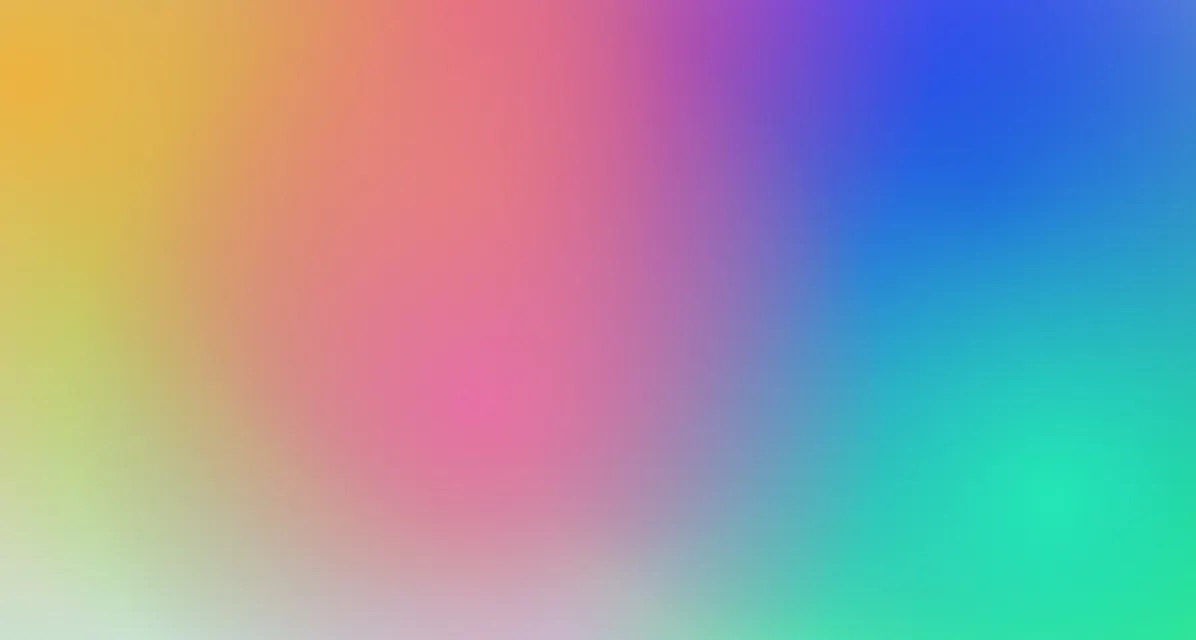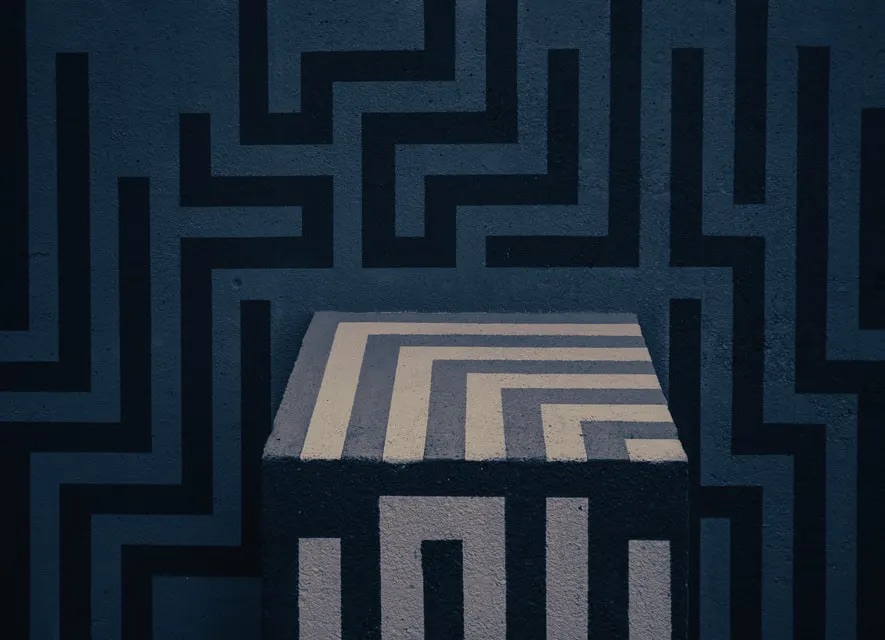The <cite> HTML Tag
Today, we look at the <cite> tag and how you should use it in your projects.
January 21, 2021 (4y ago)
2 min read
Welcome to part three of the Uncommon HTML Tag series!
With each article in this series, I will introduce a widely unknown HTML tag, discuss compatibility across browsers and cover some real-world use cases with the element.
The < cite > Tag
The <cite></cite> tag is a semantic element that is used in conjunction with the <blockquote></blockquote> element to denote a referenced piece of work, such as a book, an essay, a film, a musical or even a tweet.
Many browsers style the content of a <cite></cite> element in italics by default.
Let's take a look at how it's used!
<blockquote> When Mr. Bilbo Baggins of Bag End announced that he would shortly be celebrating his eleventy-first birthday with a party of special magnificence, there was much talk and excitement in Hobbiton. <p> First paragraph in <cite>The Lord of the Rings: The Fellowship of the Ring</cite> by J. R. R. Tolkien (Chapter 1: A Long-Expected Party). </p> </blockquote>

Both the opening and closing tags are mandatory and, unlike some of the other HTML tags we've discussed, does not contain any unique attributes (global attributes can be used).
Please note that, according to the MDN Web Docs,
...the W3C specification says that a reference to a creative work, as included within a
<cite>element, may include the name of the work’s author. However, the WHATWG specification for<cite>says the opposite: that a person’s name must never be included, under any circumstances.
If you want to play around with the <cite></cite> tag, feel free to fork the pen below!
Compatibility
The <cite></cite> tag is part of the HTML Living Standard and is supported on all major web browsers!

Conclusion
Thanks for reading! Have you ever used the <cite></cite> tag in a project? Let me know in the comments below!
If you liked this article and want more content like this, read some of my other articles, subscribe to my newsletter below and make sure to follow me on Twitter!
Here are some other articles you might find interesting.

Tailwind Gradients - How to Make a Glowing Gradient Background
In this article, you’ll learn all about Tailwind gradients and how to create the popular glowing gradient effect.

Maximize Component Reusability with Bit
We put so much emphasis on component reusability inside a project, why are we not putting as much emphasis on component shareability?
Subscribe to my newsletter
A periodic update about my life, recent blog posts, how-tos, and discoveries.
NO SPAM. I never send spam. You can unsubscribe at any time!
